#���生結弦
Explore tagged Tumblr posts
Text
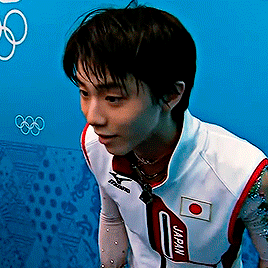

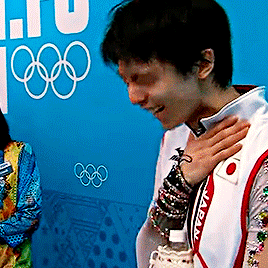

10 years ago Yuzuru Hanyu was getting his first Olympic gold 🥇🥹
826 notes
·
View notes
Text



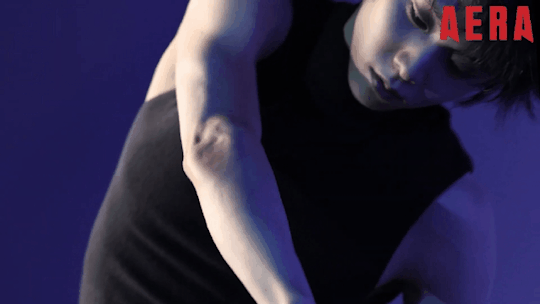
from AERA behind the scenes video
#today is a good time to die from overdose of beauty#yuzuru hanyu#羽生結弦#aera 2024#photoshoot#aera 2024 bts#gif
302 notes
·
View notes
Text

Love his moves.🖤
174 notes
·
View notes
Text

happy 30th to my oomf forever......
117 notes
·
View notes
Text
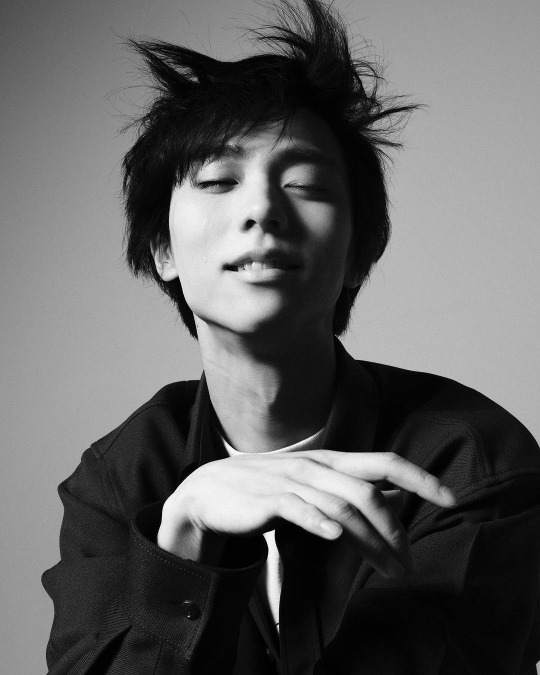
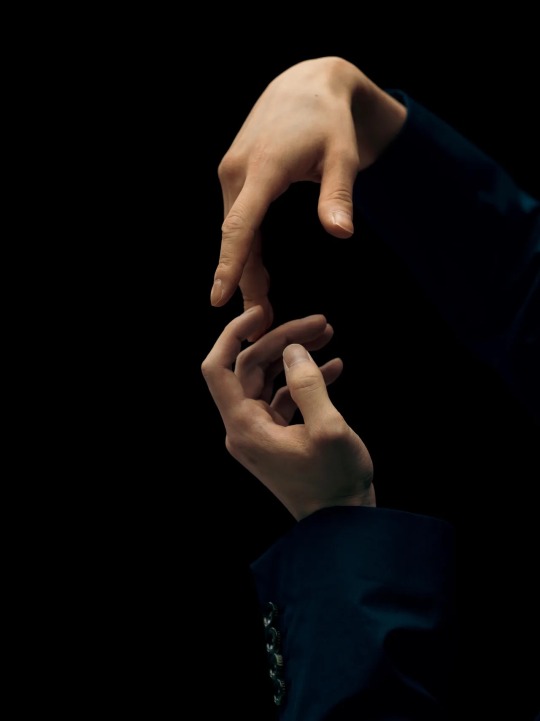
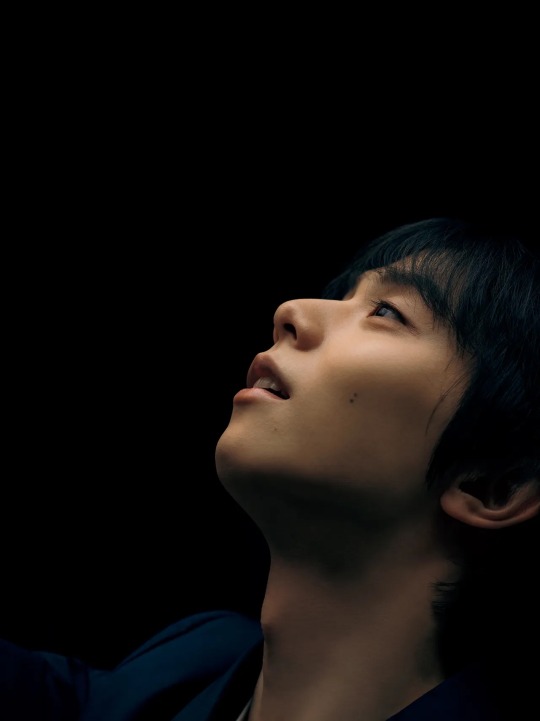
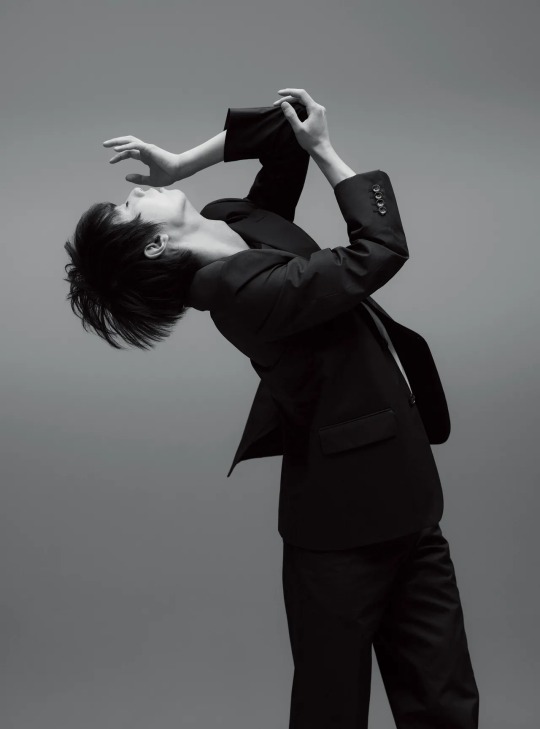
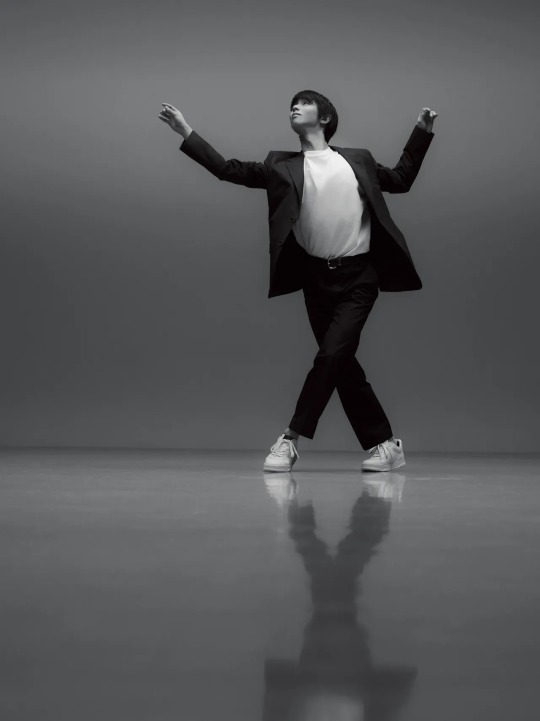
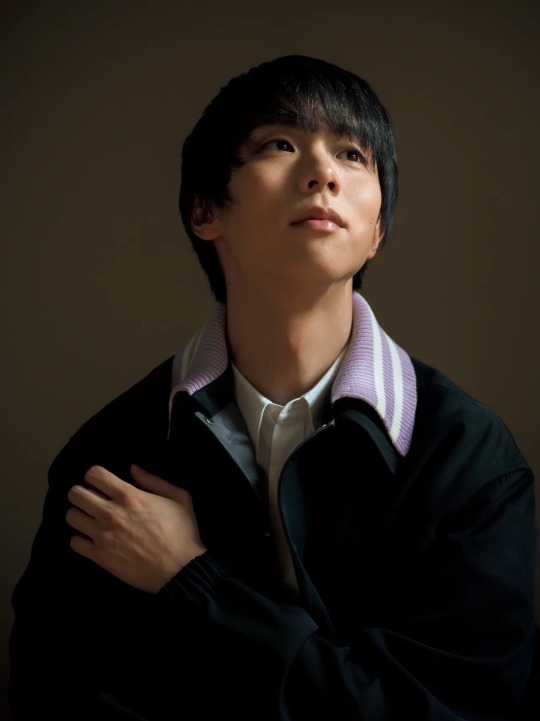


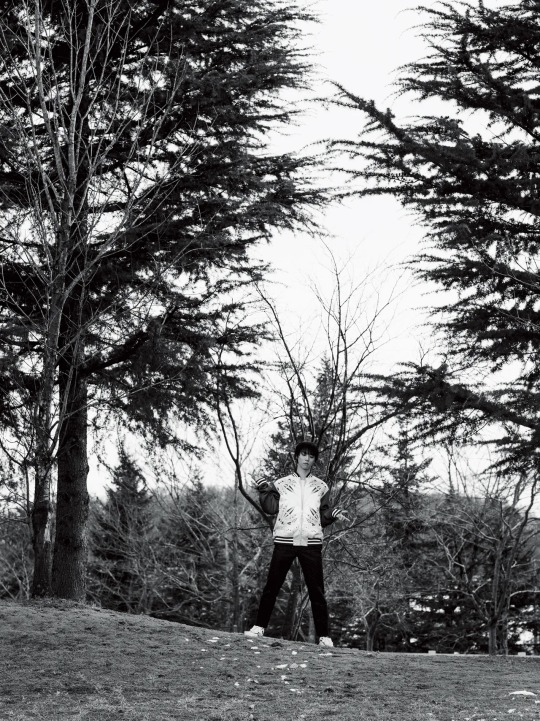
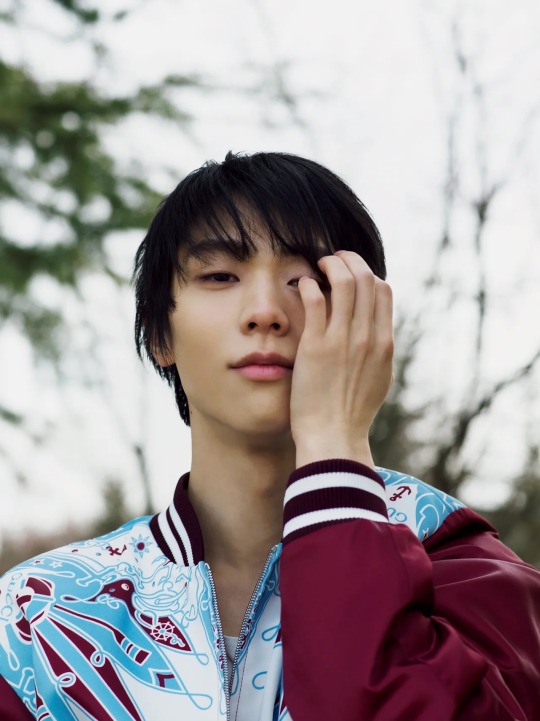
These HQ photoshoot is something else. Yuzuru Hanyu, is a one in a generation, one in a millennia, a phenomenon.
Yuzuru Hanyu for GQ and Gucci, 2024.
202 notes
·
View notes
Text

Fierce
Cr: sponichif
86 notes
·
View notes
Text
[2023.11.11] AERA Special Edition - Yuzuru Hanyu's COSTUMES by Satomi Ito

Vividly colouring the ice The World of Satomi Ito's Costume Designs
Program Itsuka Owaru Yume PROLOGUE / November 4, 2022 Hanyu sent me an image of the colour, and I proposed several design options. I had heard in advance that it was a program without jumps, so I thought it would be nice to have fluttering sleeves and a long hem like a goldfish. To avoid a flat appearance from a distance, I gathered drapes from the front to the back. Since the sleeves and hem are long, I wanted a sense of airiness, so I designed it with an open back. The colours are airbrushed in varying shades of light blue and lavender.
Program CHANGE PROLOGUE / November 4, 2022 Given the unique arrangement of this piece, I wanted to create a modern, asymmetrical costume rather than a completely Japanese design. I used silk fabric with gold thread embroidery on a black base, which I had purchased years ago at first sight and had kept in storage. It was a precious material, so I hadn’t been able to use it until now, but I believe it would be fulfilling for the fabric to be used in Hanyu’s costume. The left shoulder features a woven decoration, and I paired it with a faux leather belt at the waist to avoid an all-black look.
Program Ashura-chan GIFT / February 26, 2023 This is a very simple shirt costume compared to what I’ve made so far. Hanyu mentioned, "I want a red satin-like shirt with a glossy finish." Since satin shows stains when it gets wet, I searched for fabric that wouldn’t show stains as much. “There’s a choreography that involves lying on the ice, so that helps,” he said. Because it’s a simple costume, I focused on the quality of the materials as much as possible. The tie was also Hanyu’s request. I initially prepared a blue tie for the fitting, but he sent me an image saying, "I’d like a tie with this pattern." I used that as a reference to design the pattern, printed it, and created a tie specifically for "Ashura-chan."
Program One Summer’s Day GIFT / February 26, 2023 Hanyu suggested, "I’d like a light blue gradient effect at the split hem," so I incorporated that into the design. For this costume, I had the image of Haku (the white dragon) from "Spirited Away" in my mind. I wanted details that evoke the scales of a dragon, so I prepared three different circular cuts of organza material. I made many pieces in different sizes and colours, attaching each one individually. I also chose fabrics with a translucent quality. I layered the sleeves and added extra layers to the hem. I think the shimmering of the fabric when it moved gave it a dreamy appearance.
Program The Firebird GIFT / February 26, 2023 When Hanyu told me his image of the song, the first thing I thought was "I want to add large wings." In the initial design I presented, I had added a hair ornament, but I clearly remember Hanyu contacting me, saying, "It will be distracting during the performance, so I don’t think it will work." The costume for "The Firebird" has a strong red impression, but at first it was a bit more white. Hanyu requested, "I want to keep that while adding more colour," so I reflected that in the design, using emerald as an accent and incorporating peacock motifs in various places.
-----------------------------------------------------------------------------
Costume Designer: Satomi Ito
Never wavering from the core, Always at the center.
Accompanying Creator vol. 1 The exquisite and glamorous costumes beautifully elevate the world contained within the program. Costume designer Satomi Ito has been pursuing a vision of “costumes that only Yuzuru Hanyu can pull off” since the beginning of their collaboration, continuously creating exclusive costumes that belong solely to each piece of music.
-Including his competitive era, you have designed many costumes for Hanyu. When did you first meet him?
In 2014, when Hanyu became a gold medalist at the Sochi Olympics, he contacted the company I was working for at the time, asking for an exhibition costume. There were other designers at the company, and many wanted to create costumes for him. A few of the senior designers and I submitted design sketches. Hanyu chose my design, which led to us creating both competitive and exhibition costumes together.
-The first costume you made was for "The Final Time Traveler." Hanyu performed in this costume at the Grand Prix Final exhibition. What do you think attracted him to your design sketches?
You should ask him directly (laughs). Although he chose my design, he mentioned that the colour wasn’t quite right, so I had to revise it. I created three new sketches to show him in person during the fitting, and he selected one on the spot to begin production. Once the design was confirmed, we would discuss colours and materials via email. Sometimes, he sends me image references or colour preferences. Depending on the costume and the timing, it usually takes about two months to create. Since the music and program concepts are determined before the design, deadlines can be tight.
-You once described Hanyu as 'a designer in his own right.'
For example, Hanyu decided almost everything about "SEIMEI". He had specific requests regarding the colours and wanted the design to stay true to the kariginu. Initially, I had a completely different idea, so in that sense, I see Hanyu as a kind of designer. However, it’s my responsibility to create the patterns, sew the pieces, and add embellishments, so I focus heavily on the details. Since the athletes are the ones who see the costumes up close, I want to create something that they will find impressive.
-Working with a skater who continuously evolves—winning consecutive Olympic titles, challenging the quadruple axel, and performing a solo show at Tokyo Dome—must be inspiring, right
Hanyu is always pursuing higher goals, and naturally, the costumes he wears should also progress in terms of lightness and materials that allow for movement. The first competition costume I made for him was for “The Phantom of the Opera” (2014-15), which weighed about 850 grams, and looking back, that feels a bit heavy. Since then, I have been exploring ways to use materials, and now most of my costumes weigh around 500 grams. The costume for “Introduction and Rondo Capriccioso” (2021-22) is just slightly over 500 grams.
[Having stepped away from competition allows for more creative freedom]
-Behind the glamour, there's meticulous adjustment down to the gram.
I think athletes find practice wear the easiest to move in, but that alone isn’t enough for competition. I need to design costumes that express the program's worldview while also pursuing functionality. Honestly, design and functionality often conflict, and it’s common to feel, “I want to do this, but I can’t.” However, the most important factor is whether they can perform, so I focus on that when creating.
-Has there been any change since Hanyu stepped away from competition?
It feels refreshing not to worry about weight. I realise, “Now that he’s out of competition, I can design more freely.” For example, in "The Firebird," after hearing Hanyu’s image of the music, my first thought was that “I want to add large wings,” so I designed the costume accordingly. For "Itsuka Owaru Yume," I had heard in advance that it was a program without jumps, so I imagined fluttering sleeves and a long hem like a goldfish. I’ve been able to take on various challenges. Just because he turned professional doesn’t mean he’s stopped jumping; he’s always moving, spinning, and the ease of movement remains a priority. However, sometimes he says things like, “This program doesn’t have jumps, so it’s okay if it’s a bit heavier,” which opens the door to new challenges (laughs). It’s exciting to explore a wider range of fabrics and decorations.
[A strong commitment to "costume for this program]
-When do you feel Hanyu's unique attention to detail when working on costume production?
Although he has never said it directly, I think he is conscious of “a costume that can only be worn by Yuzuru Hanyu.” While style varies from person to person, everyone considers how to design to make the legs look a bit longer or more proportionate, right? Hanyu is tall, so he looks good. There are designs that can only be proposed because it’s him, and he can carry off even the most extravagant costumes. The purple version of "Origin" costume is a prime example. Inspired by Nijinsky’s “Le Spectre de la Rose,” I added three-dimensional rose decorations and butterflies that weren’t in the original design sketch. This design could only be proposed thanks to Hanyu’s style, skill, and the program. I probably wouldn’t think of such design on any other skater. Even when creating costumes, I often think, 'This would be difficult for anyone other than Hanyu.' I also wonder if Hanyu himself thinks, “If it were me, it should be fine.”
-Above all, he is also a skater who values the music.
He has a strong desire for “a costume made solely for this program,” which he has mentioned during fittings. He holds a clear concept of his program, so if he feels something is off with the design, he’ll say, “This is the image I have in mind,” and then I will make adjustments and work on it.
-You’ve been involved in creating costumes for Hanyu for nearly ten years. They are all delicate and beautiful, but are there any costumes that haven’t been revealed yet?
When I propose designs, I usually create 2 to 4 sketches. Sometimes, among the ‘rejected designs’, there are personal favourites, and I hope to unveil those on another occasion. I also think it’s okay not to be confined to figure skating costumes. In fact, I’d love to create costumes outside of figure skating (laughs). My recent goal is to create haute couture just for Hanyu and have it photographed by Mika Ninagawa.
-As the executive producer of "GIFT," Yuzuru Hanyu created a spectacular show.
After all, it’s crucial not to let your core waver. I think it's truly amazing that Hanyu takes the lead and keeps himself at the center of it all. I look forward to his future ice shows and performances.

Source: AERA Special Edition - Yuzuru Hanyu: The Solitary Driving Force pg 80-85 Info: https://www.amazon.co.jp/exec/obidos/ASIN/4023323500/
#hanyu yuzuru#yuzuru hanyu#羽生結弦#figure skater#figure skating#interview#satomi ito#aera#magazine#machine#translation
45 notes
·
View notes
Text
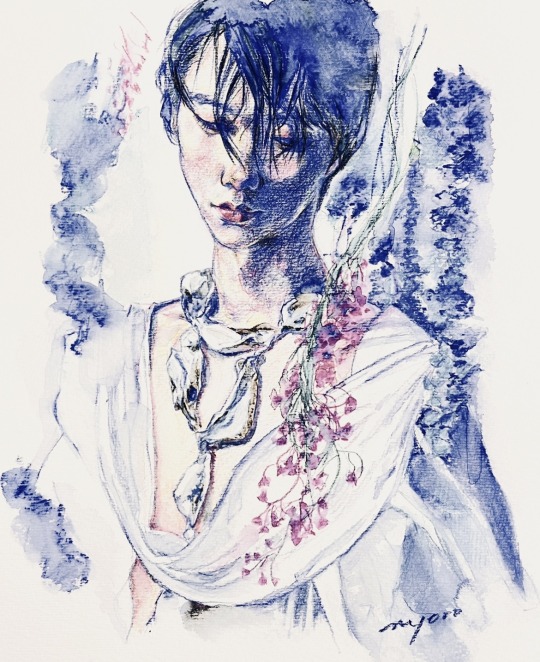
HANYU YUZURU
X
NINAGAWA MIKA
AERA 2023
#yuzuru hanyu#hanyu yuzuru#yuzuru hanyu fanart#figure skating#aera#yuzu#mika ninagawa#artwork#fanart#illustration#sketch#fan art#my art#watercolor#羽生結弦
89 notes
·
View notes
Text

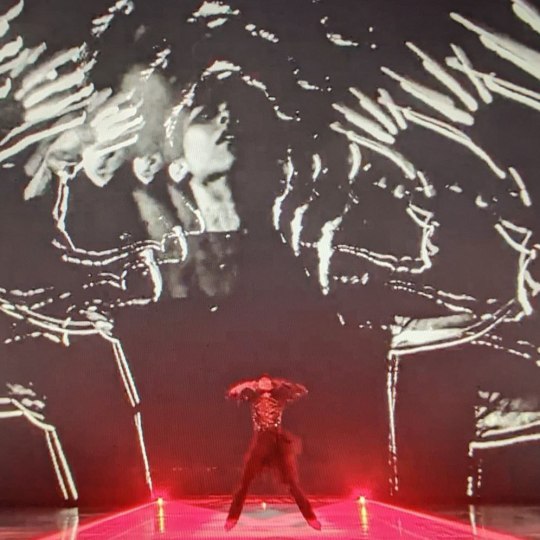
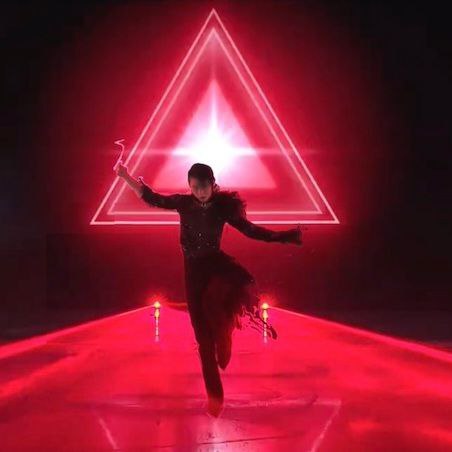
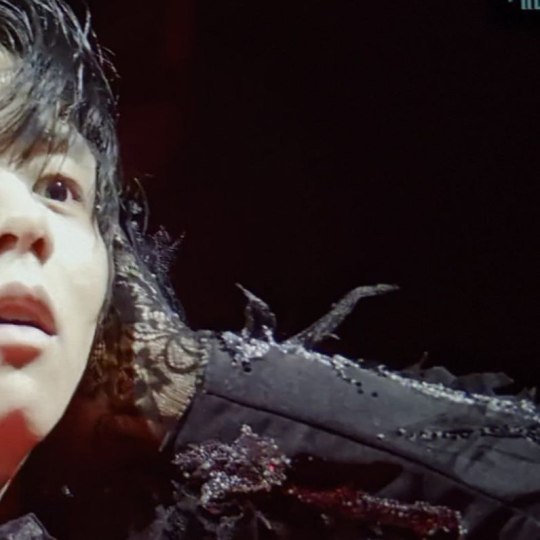
The honey used to taste delightful Was it a poison actually There to trap me?
Yuzuru Hanyu - 鶏と蛇と豚 (Gate of Living) at Re-Pray ICE STORY
122 notes
·
View notes
Text
help was trying to figure out yuzu hanyu’s blades but then forgot his name. but you can find him with this ?? HELP

#love him though incredible talent both technically and artistically#he’s only ok looking though plus he has a wife ??#yuzuru hanyu#羽生結弦#figure skater#figure skating#𓇼。°🎐
29 notes
·
View notes
Text







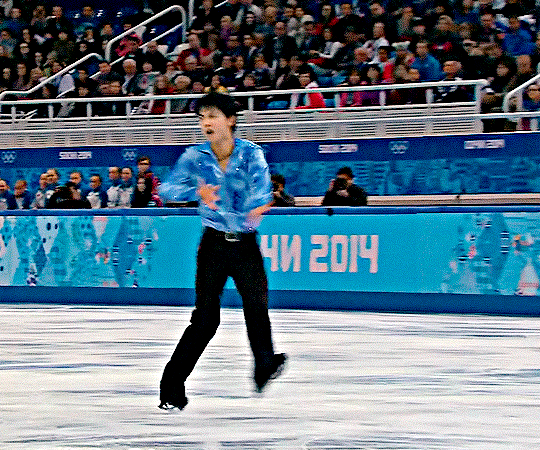




Yuzuru Hanyu performing his short program 'Parisienne Walkways' on Sochi Olympics 2014.
#yuzuru hanyu#hanyu yuzuru#羽生結弦#figure skating#sports#sochi olympics#sochi 2014#yuzuru hanyu parisienne walkways#parisienne walkways#mygifs
399 notes
·
View notes
Text



254 notes
·
View notes
Text

🌸春よこい
Thank you for the Noto Peninsula Reconstruction Assistance Charity Performance!
I hope the Noto Peninsula recovers as soon as possible🙏☆。.:*・゜
139 notes
·
View notes
Text

Here comes Yuzuru Hanyu
#good morning fanyunation how we're doing today#it's echoes day now!#(and his bday too ofc)#drawing#original art#illustration#mixed media#brush pen#fan art#yuzuru hanyu#figure skating#echoes of life#repost of sorts#羽生結弦#artists on tumblr
14 notes
·
View notes
Text
ARTIST.
CHOREOGRAPHER.
EXECUTIVE DIRECTOR.
YUZURU HANYU - MASTER ON ICE.




#yuzuru hanyu#羽生結弦#ice show#figure skating#echoes of life#ice story 3rd#how lucky to witness legend#screenshots#livestream#poetry on ice
13 notes
·
View notes
